 Blogs
Blogs
Immunophenotyping has undergone a seismic change in less than two decades as panel sizes have increased in complexity from <10 to >40 colors. Let’s explore how immunophenotyping is transforming the field and how KCAS Bio is at the forefront of this…
 Blogs
Blogs
As with the lineup of equine subjects above, cell populations can take similar forms and act the same in a lot of ways – but to the trained eye, there are clear…
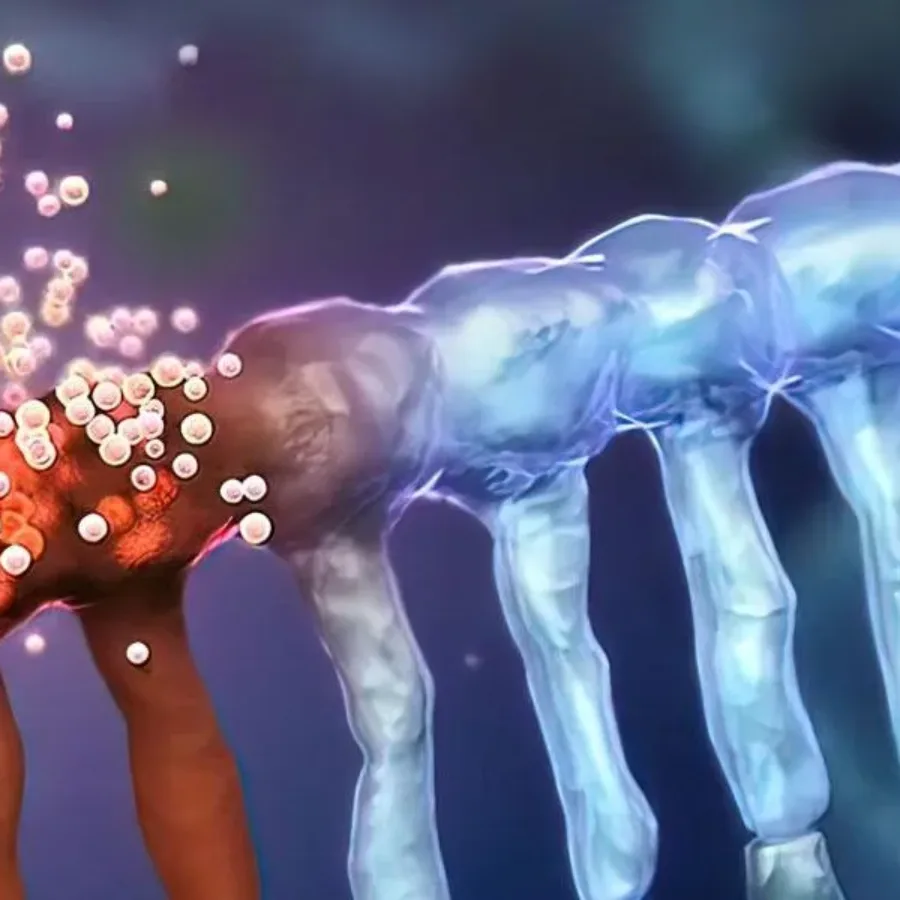 Blogs
Blogs
Being that it is a relatively “niche” segment of the industry, there are several key areas that need to be considered in the field of molecular services related to cell and gene therapies. First and foremost, it is important to recognize that regulatory guidelines within this field are…
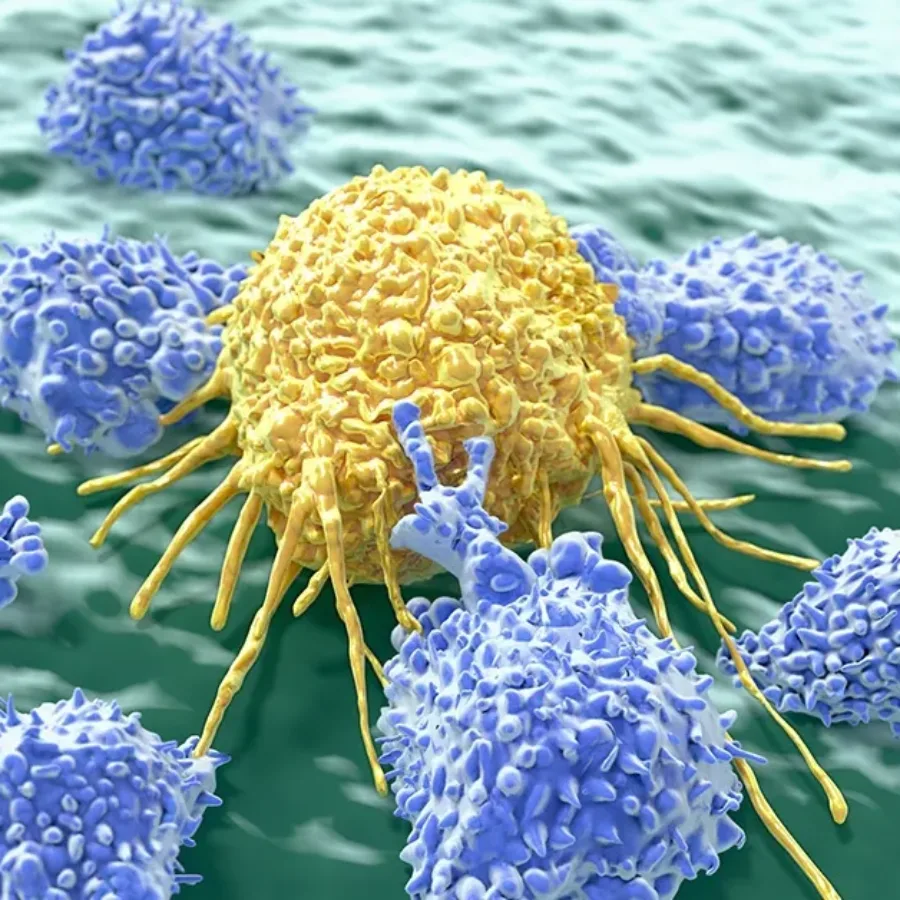 Blogs
Blogs
Tumor-infiltrating lymphocytes (TILs) are now understood to be key players in anti-tumor responses. These cells are found in solid tumors such as those observed in breast cancer, ovarian cancer, melanoma, and lung cancer. TILs have now been harnessed to treat cancer through adoptive cell therapy protocols. As TILs are a major area of focus for both basic and clinical research, flow cytometry applications for identifying and characterizing TILs are increasingly important. Consider these key points if you are pursuing TIL research and plan to use flow cytometry.
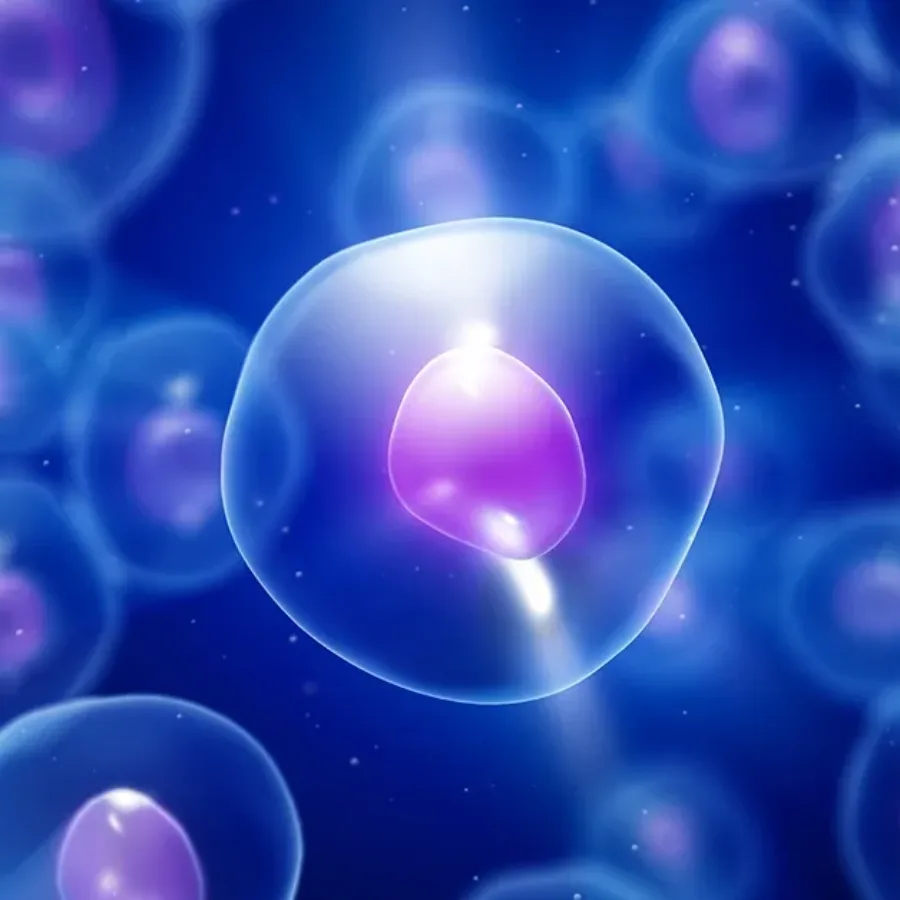 Blogs
Blogs
Fluorescence-activated cell sorting (FACS) is a powerful technique for obtaining a relatively pure cell population for downstream applications. This technique uses fluorescently labelled antibodies to stain cells that express specific markers, and these stained cells can be sorted into separate subsets using a cell sorter and can even be separated into individual cells. FACS is especially useful for gene expression analysis of individual cells or pure cell populations.
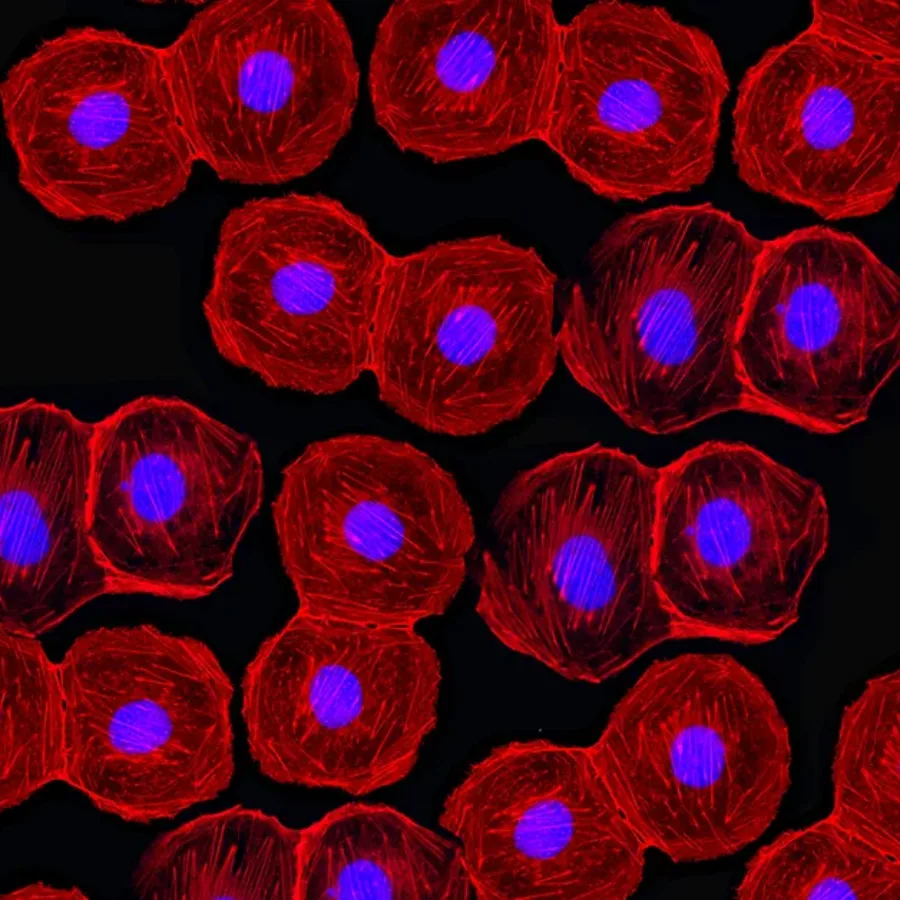 Blogs
Blogs
Fluorescent-Activated Cell Sorting (FACS) is a flow cytometry-based technique in which cells are stained with fluorescently labelled antibodies and sorted based on pre-defined staining parameters that are specific to different cell types. FACS users must consider multiple factors when designing and running a FACS experiment. Consider these three factors as you plan and carry out your next FACS experiment.
 Blogs
Blogs
The immune system is comprised of a multitude of unique cell subsets. Each cell type, from B and T cells, to macrophages, monocytes and dendritic cells, have been phenotypically subdivided into unique subsets as we learn more about the phenotypic signatures that define these cells. Flow cytometry has been the central tool in evaluating and defining cell subsets, and major advances in immunophenotyping have occurred recently as more parameters can be measured during a single run on newer flow cytometers.
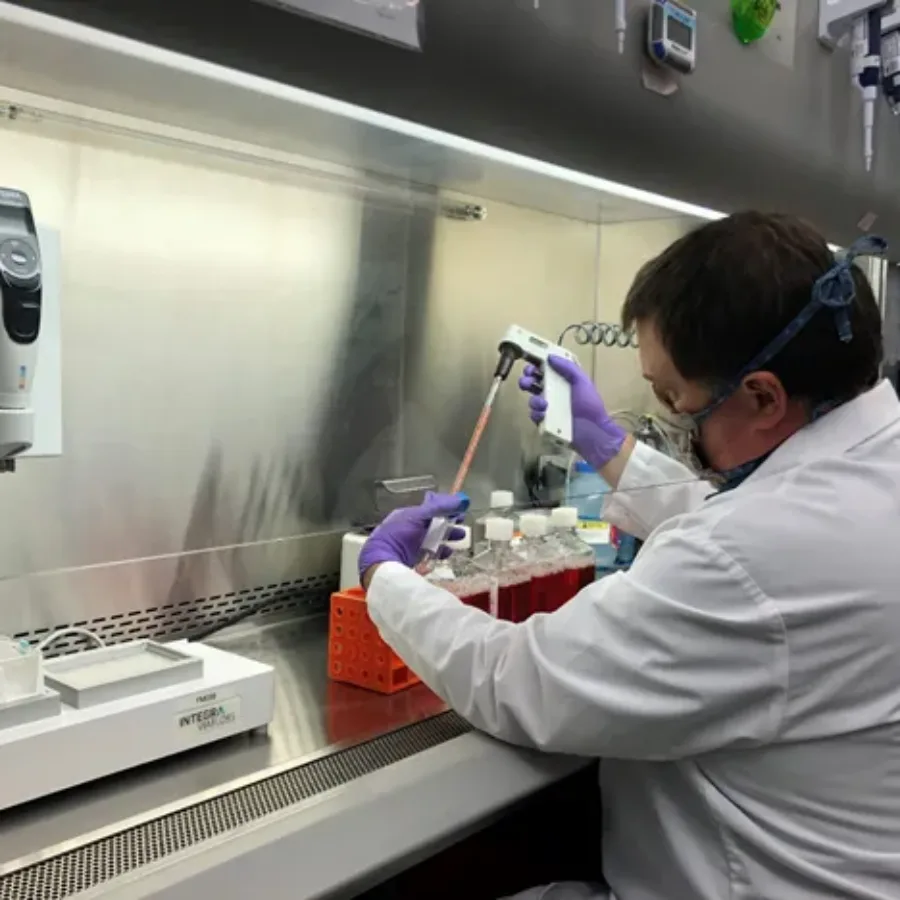 Blogs
Blogs
The idiom, garbage in, garbage out applies to many areas of scientific research, including flow cytometry. Good sample preparation is critical to accurate and sensitive cytometry analysis of cells, wherever their origin.
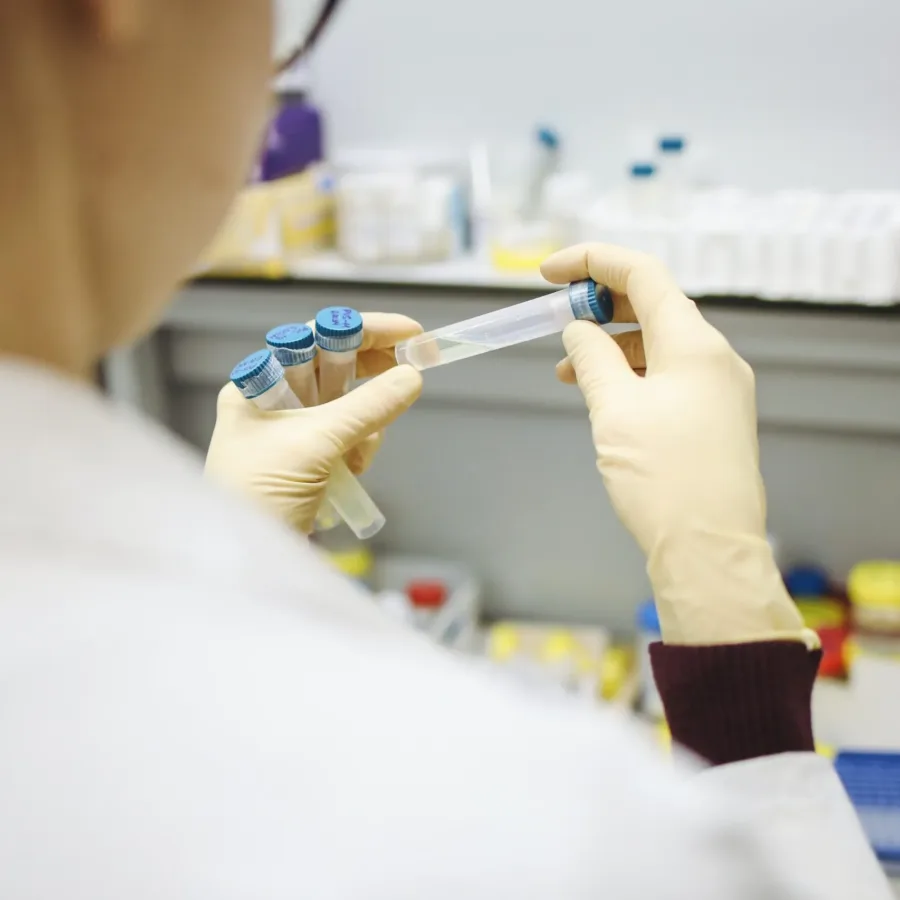 Blogs
Blogs
There is no question that the discovery of vaccines spearheaded the path of modern medicine and in so doing, eradicated at least two diseases, smallpox, and rinderpest from the global population. Today’s modern vaccines are being developed not only to tackle infectious diseases but also for the treatment and prevention of autoimmune diseases and cancers. Whereas vaccines for infectious diseases and cancer are designed to provoke a specific Th 1-driven immune response to target and reject the tumor or pathogen, vaccines driving Th 2 responses appear to be the best at targeting autoimmune diseases. Understanding the driving factors behind these underlying responses is central to the development of safe and effective vaccines, and flow cytometry provides unprecedented clarity on how the immune system responds to different vaccine strategies.
 Blogs
Blogs
Fluorescence-activated cell sorting is a powerful tool for basic and clinical research because individual cells can be separated from a heterogeneous sample and used for downstream analysis or therapeutic applications. A fluorescent activated cell sorter works in a similar way as a flow cytometer. A single-cell suspension of fluorescently labeled cells pass through a fluidic system, and lasers excite the fluorescent molecules, which causes a change in the charge of the droplet containing the cell. This shift in charge is used to divert each droplet into a collection tube so relatively pure cell populations can be collected. Cell sorting can be done by any researcher, but many scientists work with contract research organizations that have expertise optimizing protocols for different yields or levels of purity.
 Blogs
Blogs
The term 'Dendritic Cells' (DCs) represents a family of immune cells derived from CD34+ hematopoietic stem cells in the bone marrow, with various functions that provide a key link between the innate and adaptive immune responses. The most widely described function of DCs is to capture, process, and present antigens to adaptive immune cells and mediate their transition to effector functions. In fact, DCs are the only antigen-presenting cells capable of stimulating naïve T-cells. In recent years, DCs have become the focus of translational research efforts to describe the role these cells play in allergies, autoimmunity, and cancer as well as their role in vaccine responses. In this blog, we explore the flow cytometry approaches used to examine DCs and their potential as therapeutic targets.
